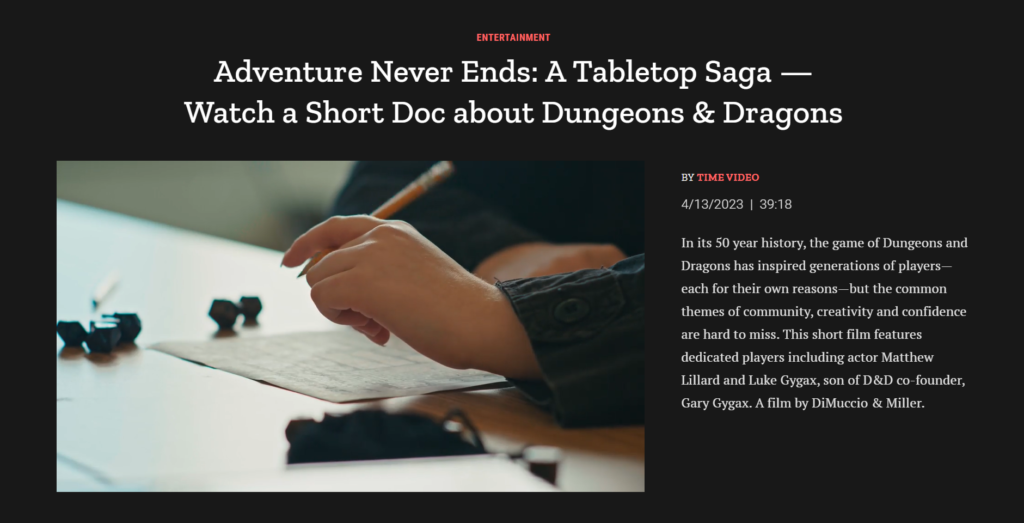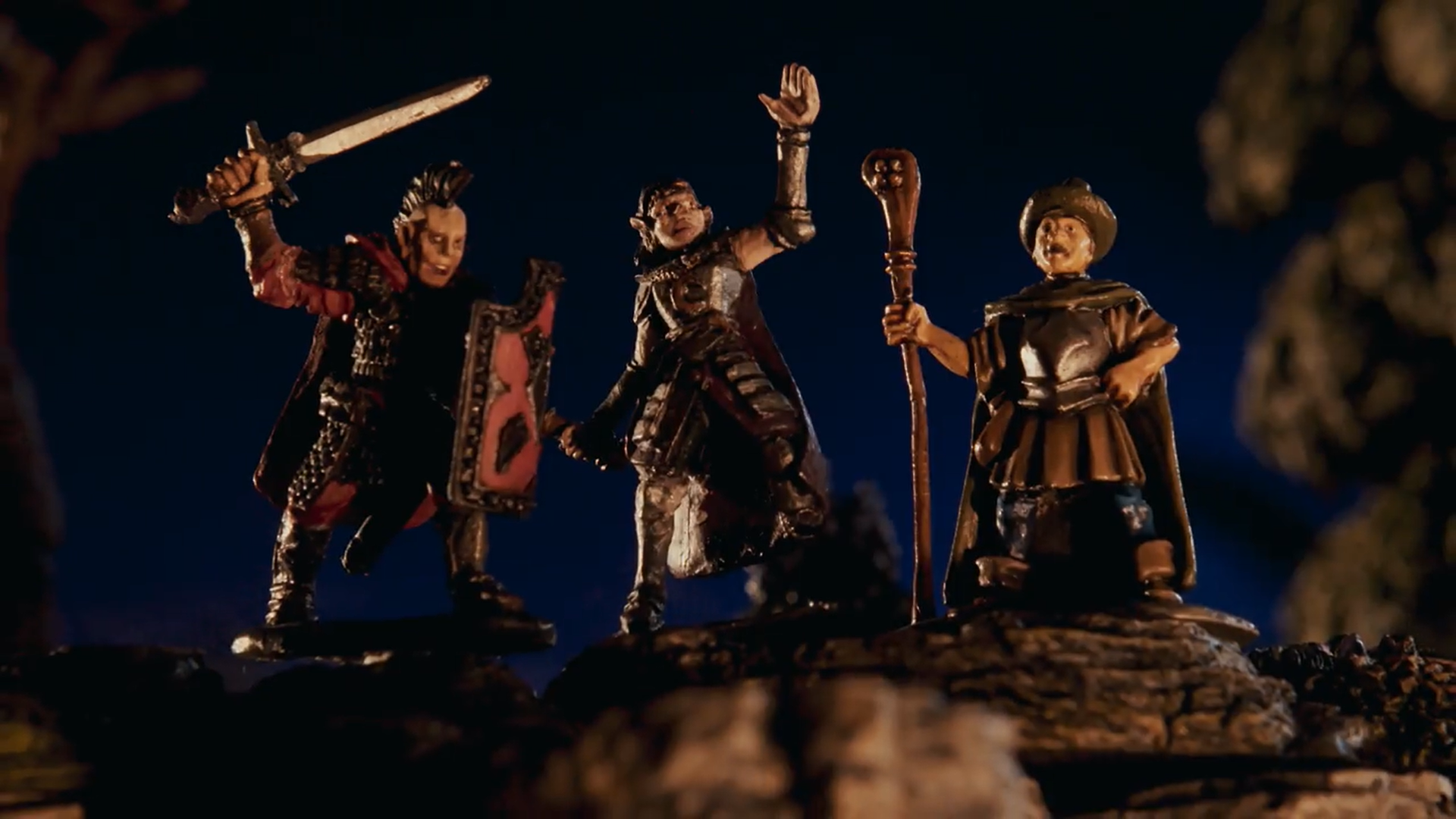In a short review of Jon Peterson’s triptych of D&D history, I allude to “The True Impact of D&D,” which, Peterson speculates in the closing of Game Wizards, after almost 50 years “has yet to be felt.” Since then, I’ve been thinking more about the game’s impact on my own life and how I see its effect on others’ lives. I have also been searching the information network for ways in which the game’s more forward-thinking proponents are, today, using DUNGEONS & DRAGONS as more than just a game. So exploring, one discovers a meta-dungeon stocked with obstacles and monsters, populated by heroes and wizards.
The wizards are those who work the game’s magic to help dungeon explorers overcome obstacles and defeat monsters. I don’t mean dungeon obstacles, like heavy portcullises and bottomless chasms. The dungeon is real life, and its obstacles are emotional, like autism and social isolation. And not fantastic monsters, either, like hobgoblins and trolls. I mean more fearsome monsters, like anxiety, depression, alcoholism, and post-traumatic stress disorder—dragons encountered in our daily lives. The heroes are those explorers who, through their experience in the game, emerge from the dungeon an improved version of themselves.
We also find treasures in the meta-dungeon. They come in many forms: anecdotes about making life-long friends at the game table, accounts of personal transformation aided by playing RPGs, and documentaries about the game and its impact on human lives.
One such treasure, recently unearthed, is Adventure Never Ends: A Tabletop Saga. Produced for Time Studios by Douglisio DiMuccio, Rob D. Miller, and Aaron Pagniano, this 40-minute documentary was released last month. It emphasizes the importance of D&D and reveals, through multiple interviews, recurring themes in the D&D play experience.
Notable interviews include Luke Gygax and Peter Adkison, among other game designers, a host of actors, and several school children. The children participate in therapeutic game programs, at which point we discover another treasure:
Also interviewed are Game to Grow founders, Adam Davis and Adam Johns. Game to Grow, a non-profit organization, uses D&D and Minecraft for therapeutic, educational, and community growth. Of their game therapy program, Davis says, “A lot of our kids are so burnt out on therapy, and they’ve been in social skills training programs that haven’t really helped them… This is more important than learning how to make eye contact or learning how to shake hands effectively. This is an opportunity for your child to care about being around other people” [17:10].
Heroes and wizards agree: D&D is a powerful tool to inspire, educate, and motivate. It’s a treasure.
I’m thinking to open the scope of this blog to talk about D&D’s larger impact on society. I know little about using hashtags, less about making new ones. On social media lately I’ve been tagging appropriate posts with #TrueImpactOfDnD. Some more savvy social media maven might suggest better.


Great article providing a “treasure map” for a quest to learn more about gaming for education and therapy.